Juniper "Mint julep": description, planting and care
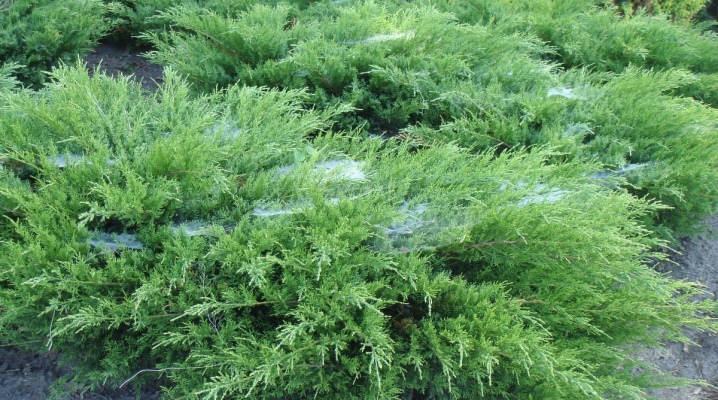
Evergreens are found in many areas, which is not surprising, because they remain beautiful and green for very long months. Due to this, the backyard area almost never looks unkempt. The only thing that the owners of the territory need to do is to regularly prune the plants, forming bushes.

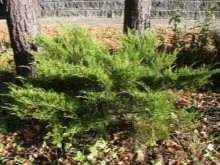
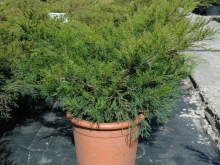
Description
Green juniper "Mint julep" is a beautiful evergreen plant. It was once brought out in distant North America. Despite this, the plant is also known as Chinese juniper.
You can recognize the plant, first of all, by its luxurious spreading crown. It can be up to 300 centimeters wide. Attracted by the fact that this plant has a specific smell - unobtrusive, pleasant, a little reminiscent of mint. Because of this, the plant is also known by the name "mint cocktail".
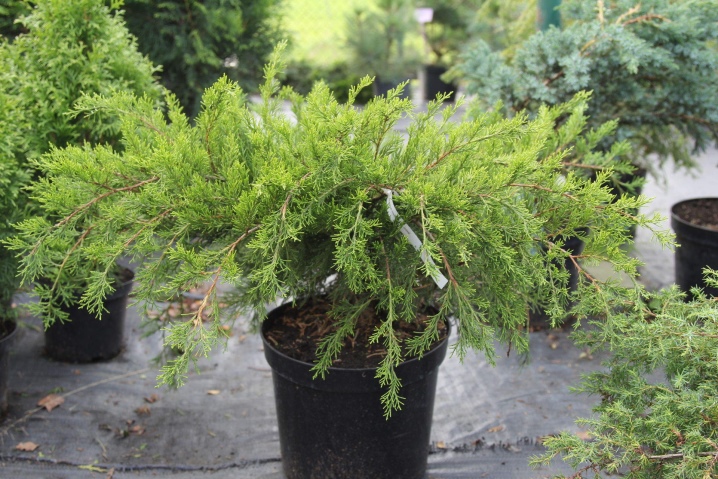
This juniper is also attractive because it can grow in almost any conditions. Even in the north of the country, juniper grows very quickly.
The plant needs additional shelter and other protective elements only in the first years of its life. In the future, it acquires immunity.
If we talk about the soil, then the ideal version of the land on which an adult plant will normally exist is drained... It is very important to water the shrub on time and do not forget that it must receive enough sunlight. In this case, its dimensions and height will be standard. It should be noted here that even an average bush needs to be cut periodically, giving it the desired shape.
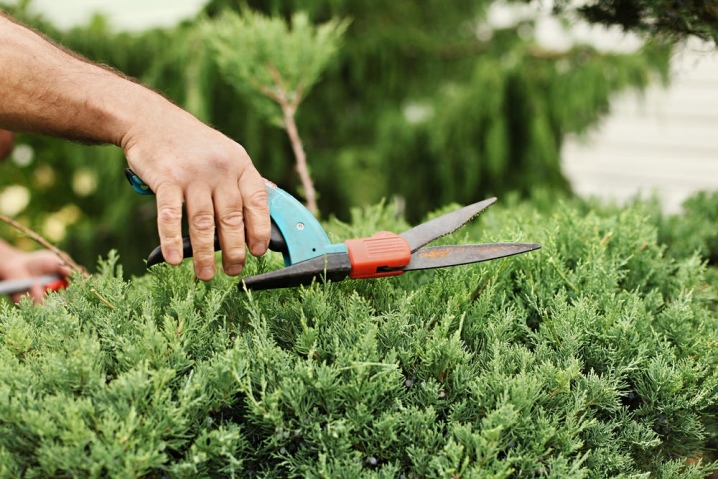
How to plant?
Planting juniper bushes is the first and most important stage, which determines how well the plant will develop and how the finished composition will look.
So, for example, you can form an alpine hill with this shrub or make a beautiful composition. If desired, the seedling of this green plant with a blue tint can even be made creeping. It is enough at the beginning of plant development to attach its flexible branches to the ground. Then it will grow not upward, but in breadth. This design option is usually used to decorate areas in hilly areas.
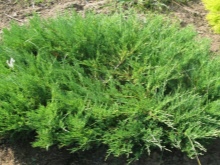
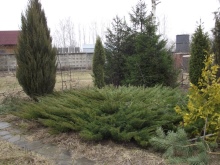
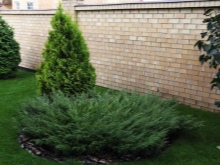
Another popular option is to use props... In this case, the juniper of this variety can, on the contrary, be made taller and longer, as if stretching it up. The crown of such a bush turns out to be quite plastic.
Due to this, you can use the bush, regardless of the direction in which the site is decorated. If you want to stylize your site like a Japanese garden, then you can cut the juniper like this, to resemble a classic bonsai.
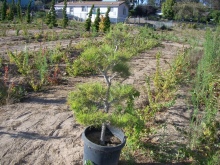
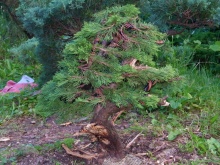
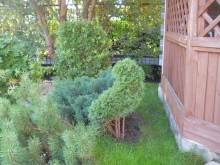
The same can be said about areas styled as English parks or wild forests. In this case, everything will be even easier, because you practically do not have to care for the juniper. The bush itself will grow correctly, delighting the eye with its exquisite branches.
You can plant junipers even where, it would seem, and there is not enough sun or proper care for it - in parks, squares or alleys. The bushes grow very quickly and, if desired, turn into exquisite figurines and hedges.
And if the owners of the site have a fantasy and a certain experience, shrubs can even be used for landscaping roofs, decorating a stone garden or a rose garden.
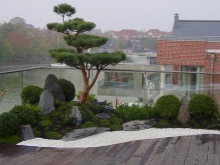
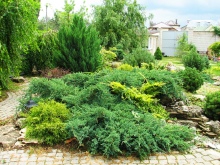

How to take care of it properly?
Modern gardeners, who are often too busy to take care of the territory, are pleasantly pleased with the fact that the juniper is very easy to care for.
The main activities are as follows.
- The main point is a modern bush trimming. This is necessary not only in order to form the crown. The fact is that if rotten and dry branches are not cut off in time, the entire shrub will suffer. This will make the plant look unattractive. In addition, diseased areas of the bush can infect healthy ones.
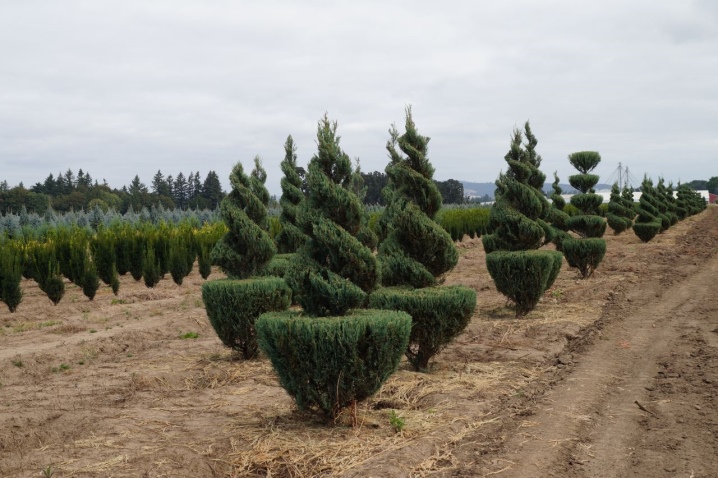
- The second important point is that the formation of a bush should be started only where the plant receives enough sunlight. Without this, it will not fully develop. The only exception is a corner where the juniper is periodically under the sun, then in the shade. If the plant lacks the sun, then it will look paler at times.

- Care will be inadequate if the bush is not watered on time... Especially if droughts periodically occur in the area where the plant is planted. In this case, the plant must either be kept in greenhouses or provided with additional care.
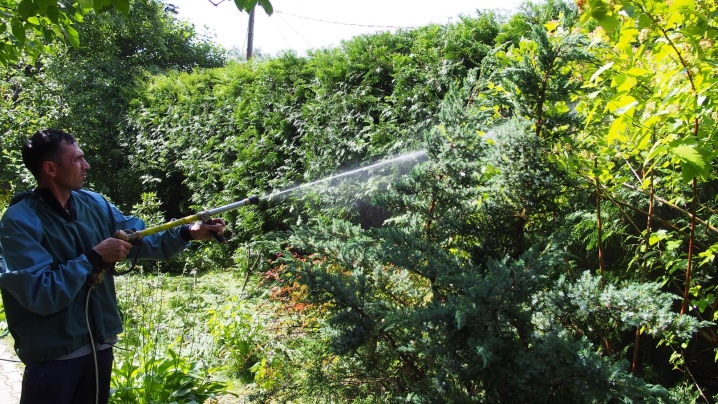
- Another useful advice that will be useful to everyone who is just planning to plant such a plant in their area - the variety "Mint Julep" has a very powerful root system... Therefore, the plants must be placed at a certain distance from each other. To form a full-fledged root system (which cannot be cut off after the plant has already developed), it is necessary to plant the bushes at a distance of about two meters from each other.
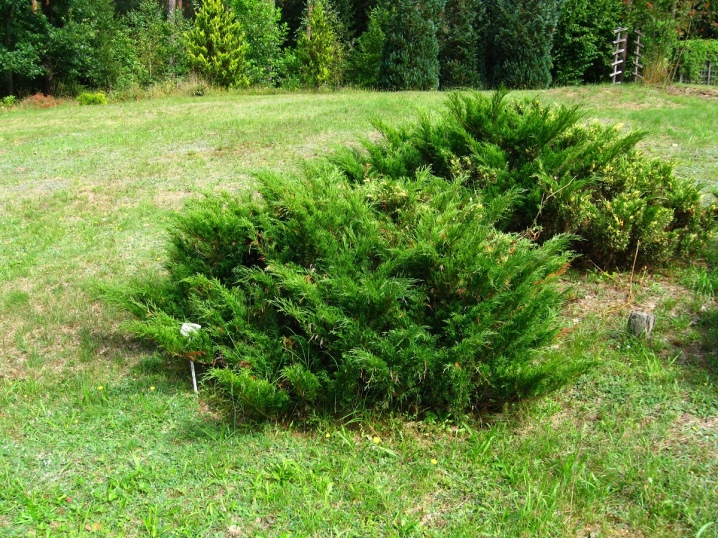
- It is also worth protecting shrubs from excessive moisture.... For this reason, plants are recommended to be planted on hills, where excess moisture does not accumulate. It is capable of killing both young and older plants. Any plant of this variety needs additional watering only during the first ten days after transplanting. After that, you need to forget about watering almost forever. The only exception is when the weather is hot for a long time. But even in this case, watering should ideally be drip, so that the plant does not suffer from excess moisture.
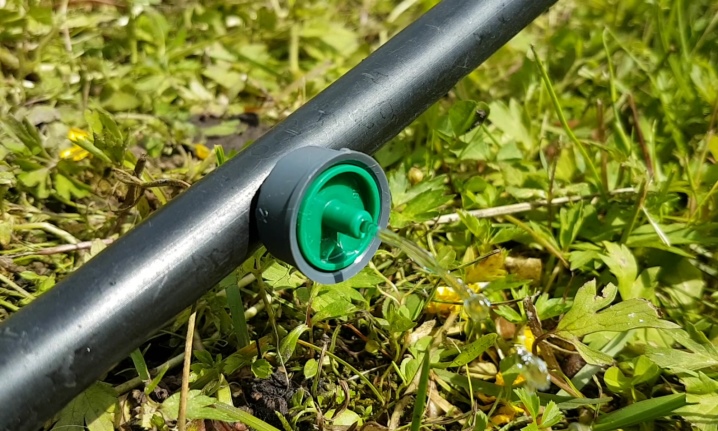
- The soil can be almost any - from neutral to slightly acidic. But in certain cases it is worth taking care of fertilizing the soil. For example, if it is acidic, then before planting a young shrub, it must be fertilized using lime. In the future, this will need to be repeated regularly once a year. The preferred time to fertilize is spring. Don't miss the first months of the season.
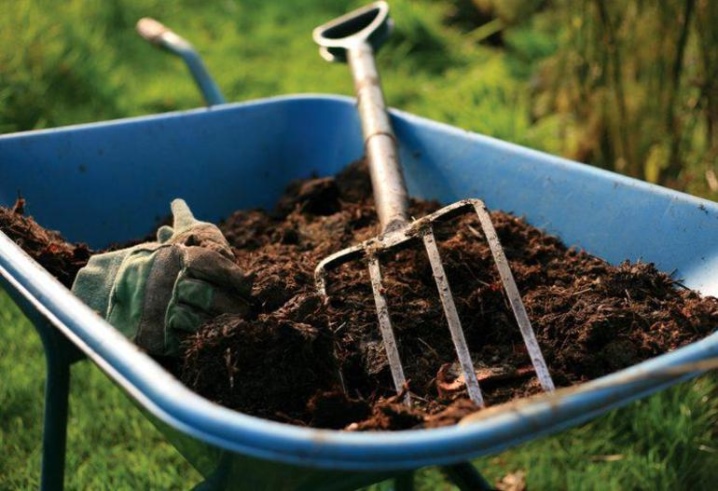
- The same can be said for transplants. It is in the spring that the soil, as a rule, has a sufficient amount of the necessary microelements. But in winter, it is advisable to make sure that the plant is sheltered from the weather. Experienced gardeners most often use spruce branches or peat for this. These are affordable, reliable and time-tested options. First of all, young plants should be insulated and protected. Over time, the bushes will get stronger and they themselves will be able to resist the influence of negative temperatures and snowstorms.
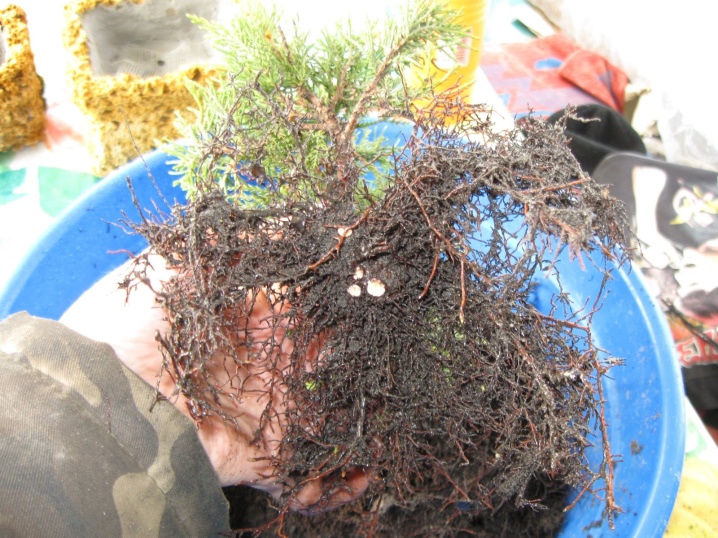
Diseases and pests
This juniper, despite its resistance to almost any climatic conditions, can be attacked by a huge number of enemies. These are both parasites and diseases. The most important pests are aphids, needle mites, moths and caterpillars.
In order not to miss the moment when the plant is infected, you need to inspect it on a regular basis, at least once a month. If you do not do this, you can miss the moment when you need to start fighting a disease or pest, and the plant may die.

The causes of all diseases are, first of all, the wrong landing site, then careless care.Lack of sun will cause the plant to wilt very quickly.
Its location in the lowlands is fraught with the fact that the juniper will begin to rot.
It is also very important that the bush has the right neighbors. All nearby plants should not take up its nutrients. It is also important that they all develop in the same way. After all, if one plant begins to wilt or get sick, then neighboring plants will also suffer. The whole beautiful view will be spoiled. And it may also happen that some plants can be completely lost if measures are not taken in time.
If there is any doubt that everything will be in order with the plant this year, it should be treated in advance with the help of special means. For example, in the spring you can use karbofos, decis, arcerid. And we must not forget that it is much easier to ensure that the disease does not overtake the plant than to fight it later.


Use in landscape design
When decorating your site, this plant can be used in a variety of ways. Professionals do not recommend planting it next to three groups of plants:
- fruit trees;
- shrubs;
- herbaceous plantings.
If you neglect this simple rule, you can see by your own example how shrubs quickly die next to such neighbors. Therefore, such a neighborhood should be avoided.
The best option is to plant junipers next to evergreen bushes and the same trees.
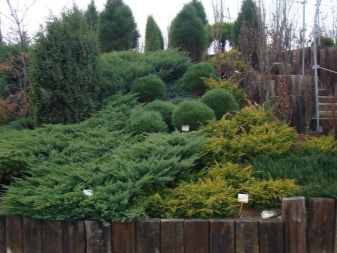
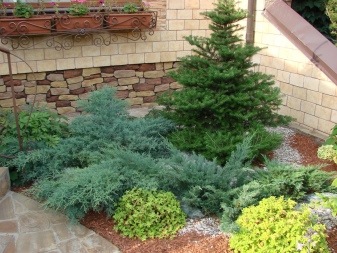
This plant gets along well with yellow or Japanese rhododendrons, heather, barberry, cotoneaster. They not only feel good in the company of such plants, but also look beautiful against their background.
Another interesting design solution is to combine original green junipers with vibrant flowers. This is a great way to play with contrasts. In this case, the bush serves as a wonderful background, and flowers decorate it.
In general, the juniper of this variety is a wonderful plant that can make any area better and greener.... Throughout the year, you can enjoy its beauty.
For varieties and types of juniper, see below.



































































The comment was sent successfully.